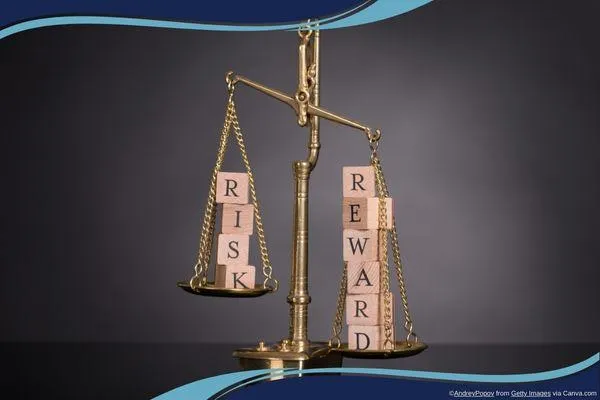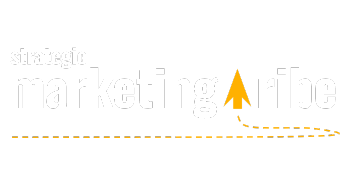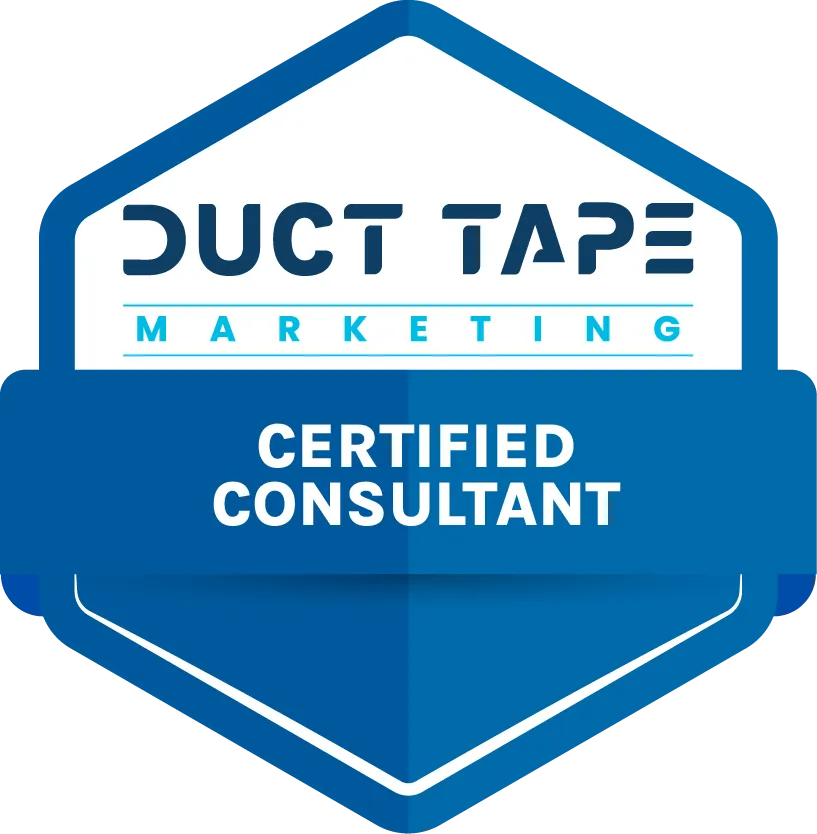STORY, MEET STRATEGY
Let’s make marketing feel less robotic and more real.
Find resources that bring your message—and your business—to life.

Why Marketers Are Risking Brand Safety for Results in 2025—What Small Businesses Should Do
By Vicky Sidler | Published 21 May 2025 at 12:00 GMT
If 2025 had a company slogan, it might read: “Results first, worries later.”
According to new research from Advertiser Perceptions, marketers are now more focused on performance and sales than playing it safe with their brand’s reputation. And while that might sound reckless, the data shows why so many are making the trade-off.
What the Research Reveals:
Advertiser Perceptions surveyed 300 high-spending marketing professionals in the United States—people managing $1 million or more in annual ad spend. The findings paint a clear picture:
71% are still applying brand safety measures this year, but that’s 7% lower than in 2024.
21% say they won’t align with any social issues at all—up 5% from last year.
70% believe that advertising on legitimate news sites has a positive or neutral effect on consumers—a drop from 75%.
In plain English? Marketers are starting to let go of brand safety rules to squeeze more results from their ad spend.
Why Are Marketers Taking Bigger Risks?
It all comes down to one thing: performance pressure.
When times are tough—tariffs rise, markets shift, and budgets tighten—people fall back on what they know works. Stuart Schneiderman, EVP of Business Intelligence at Advertiser Perceptions, put it perfectly: “What we see from advertisers is they go with what they know.”
And sometimes, what they know means taking risks to chase bigger reach or better click-through rates.
For example, 33% of marketers with a policy on so-called “Made-for-Advertising” (MFA) websites—sites designed purely to sell ad space—still include them in their campaigns. Only 19% believe they should cut MFA sites completely.
In other words, most marketers are willing to risk a little junk traffic if the numbers look good on paper.
The Hidden Cost of Playing It Too Safe:
Here’s where it gets tricky.
Keeping your ads 100% risk-free often means spending more time and money manually managing exclusion lists—a job only 12% of marketers are still doing in 2025. Why? Because it’s expensive, exhausting, and doesn’t always show a clear return.
This is where artificial intelligence (AI) might step in. Schneiderman suggests that smarter tools could help businesses manage these risks without burning through resources.
What This Means for Small Businesses Like Yours:
Let’s bring this back to earth. As a Duct Tape Marketing Strategist and StoryBrand Certified Guide, I see this play out with small businesses every day.
You probably aren’t managing million-dollar ad budgets. But you do face the same question:
Should you push for more clicks and sales, even if it means showing up on platforms or websites that feel a little… off?
My advice? Balance reach with reputation. Here’s how to do that without overthinking it.
Three Moves to Boost Results Without Damaging Trust:
1. Review Where Your Brand Shows Up:
If you’re running any kind of paid ads—on Facebook, Google, or anywhere else—check your placement settings. Most platforms give you control over where your ads appear. Make sure they aren’t showing up on sketchy sites or in irrelevant spaces.
2. Focus on Owned Media:
The best way to build trust? Control the message. Your website, email list, and social media profiles are places you own. Use them to share your story, build credibility, and nurture your audience—without depending on risky ad networks.
3. Run Small, Measurable Tests:
Not sure what’s working? Run a small campaign. Watch the results. If the leads or sales feel low-quality, pull back and try again. That’s Lean Marketing in action—low risk, high learning.
Let’s Bring It Full Circle:
Remember that company slogan? “Results first, worries later.”
It sounds brave—but real business success comes from finding the balance between results and reputation. You can have both, as long as you stay clear, consistent, and in control of your message.
Ready to Get Clear on Your Message?
If you’re tired of guessing what to say or where to show up, grab my free 5-Minute Marketing Fix. It’s the first step to crafting one clear message that builds trust and drives sales—without sounding fake or salesy.

Created with clarity (and coffee)







